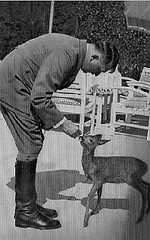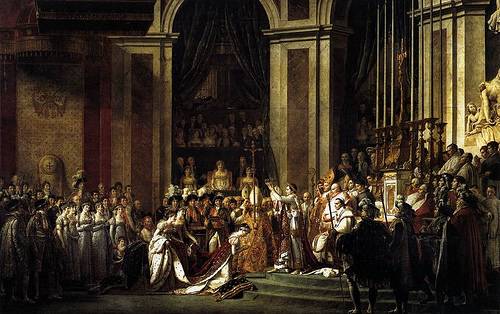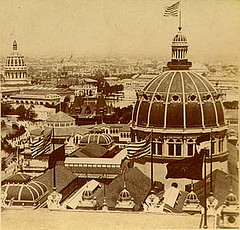
For a genocidal monster, Adolf Hitler was kind of a pansy:
- He didn’t drink.
- He largely avoided eating meat, beginning in the early 1930s. (“The world of the future will be vegetarian.”)
- He slept with his dog, Blondi, a German Shepherd given to him by Martin Bormann.
- He disapproved of cosmetics, since they contained animal byproducts, and he frequently teased Eva Braun about her makeup.
Hitler didn’t smoke, either, and he promoted aggressive anti-smoking campaigns throughout Germany. Witnesses reported that, upon learning of his suicide, many of his officers, aides and secretaries responded by lighting cigarettes.





